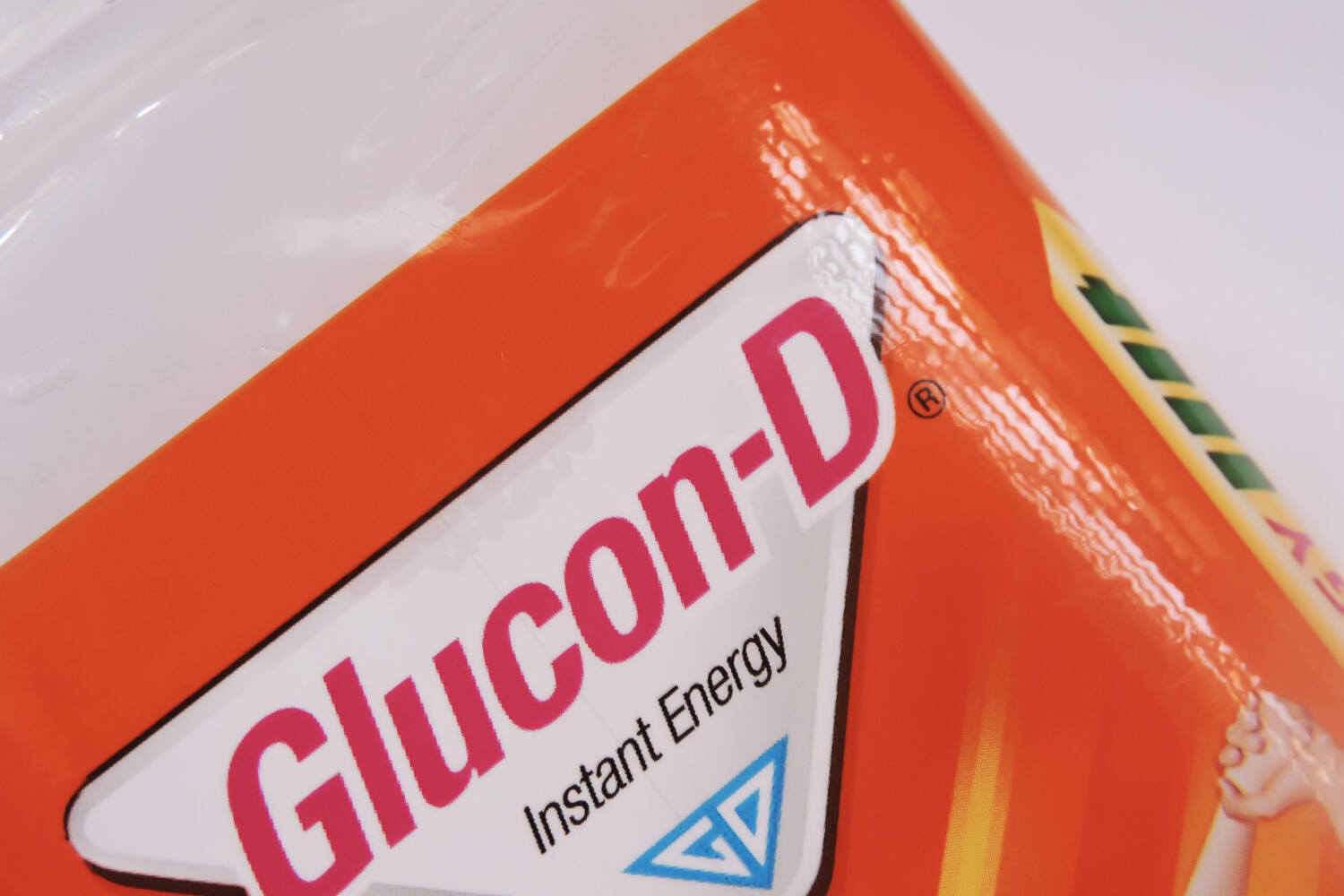
Importance of Umbilical Cord and Placenta During Pregnancy
4 min readWritten by Sindhuja Prabhu

,
Any mother or mom-to-be would be familiar with the terms umbilical cord and placenta. Simply because these are the two key factors that help nurture and keep the baby safe until the delivery.
So, what exactly are a placenta and an umbilical cord? What exactly is their role in your pregnancy? Are women born with these? What happens to the umbilical cord and placenta after delivery? Read on to find out.
In This Article
- Umbilical Cord Vs Placenta
- The Fetal Life-Support System: Placenta and Umbilical Cord
- Umbilical Cord and Placenta Banking
- What your Placenta Can and Can’t Do?
Umbilical Cord Vs Placenta:
Most of us are aware of the fact that both the umbilical cord and placenta are basic necessities to sustain a pregnancy to term. Are these two different? If so, how?
Placenta

- The placenta is an organ that develops when an egg gets fertilized and becomes an embryo. This organ attaches itself to the wall of the uterus and sustains the pregnancy by protecting the embryo that becomes a fetus as the pregnancy progresses.
- The placenta helps the baby receive all essential nutrients and oxygen from the mother. It is also responsible for the expulsion of carbon dioxide and wastes from the fetus to the mother’s body.
Umbilical Cord

- The umbilical cord, as the name suggests, is a cord that develops from the placenta and attaches to the baby. Hence the baby attaches itself to the mother’s body via the umbilical cord and placenta.
- The cord becomes part of the fetus’ body.
Abnormalities of the placenta and umbilical cord can cause some unwanted pregnancy complications.
The Fetal Life-Support System: Placenta and Umbilical Cord
So how exactly does the umbilical cord and placenta support the pregnancy?
Placenta
- The placenta protects the fetus throughout the pregnancy and ensures all required hormones like the hCG, estrogens, and progesterone are produced in the required amounts as the pregnancy progresses. It also helps in keeping the mother’s blood separate from that of the fetus as a mixing of the blood can be fatal for both mother and fetus.
- The amniotic sac which contains the essential amniotic fluid, in which the baby “swims” throughout pregnancy, is nestled inside the placenta.
Umbilical Cord
- The umbilical cord consists of one vein that carries all nutrients and oxygen to the baby and two arteries that carry out the carbon dioxide and wastes from the fetus to the mother. The body expels it later.
- This almost 60cm long cord is the lifeline for the unborn baby while it is inside the mother’s body, responsible for carrying out all necessary bodily functions that the fetus can’t do on its own. After the delivery, the role of both the umbilical cord and placenta comes to an end. And it expels itself and cut off from both the mother’s and the baby’s body.
It is a regular practice to cut the cord immediately after delivery. However, a current trend is a lotus birth. Here both the umbilical cord and placenta are left attached to the baby. The idea behind this practice is to let the baby receive as much support from the placenta as possible.
Umbilical Cord and Placenta Banking

Stem cell banking has become very common these days, but placenta banking? Ever heard of it? Don’t worry, you are not alone. This is a concept or service that is yet to take root-like stem cell banking.
In the majority of cases, doctors cut the umbilical cord immediately after delivery. Before cutting it from the placenta, they collect the blood in transit between the placenta and the baby and sent it to the bank.
This practice is more popularly known as stem cell banking. This is done for potential future use for the baby itself or its’ family members. One can also donate stem cells to others who are a good match.
A small part of the umbilical cord is left attached to the navel of the baby and it is allowed to fall off on its own. This cord dries up within a period of 12 days after delivery. Many traditions save this cord in a small capsule.
A scientific breakthrough that is soon catching up is placenta banking. This is where they bank a part of the placenta tissue along with the stem cells, for future use. The placenta is rich in Mesenchymal Stromal Cells (MSCs) that have shown various medical benefits.
However, one should exercise caution and understand clearly what service they provide before signing up for placental banking. Understand whether they bank placental blood or the tissue.
What your Placenta Can and Can’t Do?
The placenta is a wonderful organ that develops only during pregnancy and dies once the pregnancy is over. This organ not only ensures a safe pregnancy, but is proving to be useful even after delivery. Studies and research are going on to understand how far this placenta can help us even after its role in pregnancy comes to an end.
They collect placenta blood after the placenta delivery. On the other hand, they collect the stem cells before delivering the placenta. It contains hematopoietic stem cells that are more immature than the cells found in stem cells. This enables a smoother transplant as the graft versus host response is less likely to occur with these immature cells.
The umbilical cord and placenta are two of the three lifelines that ensure a safe and healthy pregnancy. Continuous monitoring of these parts is essential to ensure both mother and baby are safe and the pregnancy is progressing as required.

Sindhuja Prabhu,M.Sc (Psychology),PGDBM
Sindhuja, a mother of two, is an obsessive mom with a keen interest in psychology, especially child psychology. Her quest for knowledge and way with words led her to become a passionate content writer. She transformed her love for writing into a full-fledged career which incidentally also turned up being the perfect stress buster for the last 5 years.Read more.
Responses (0)
Want curated content sharply tailored for your exact stage of parenting?
Related articles

Pranayama During Pregnancy – Importance & Benefits

Glucon D During Pregnancy- Is it Safe to Drink and Benefits

Vaginal Examinations During Labor – Importance, Frequency and Types

Rose Apples During Pregnancy – Benefits and Precautions

Top 100 Goddess Sita Names For Baby Girl With Meanings

Dosa During Pregnancy – Is it Safe to Eat and Top Benefits
Sponsored content
Discover great local businesses around you for your kids.
Get regular updates, great recommendations and other right stuff at the right time.





